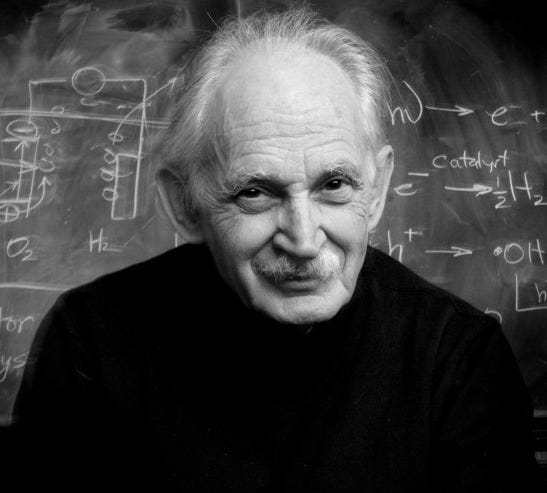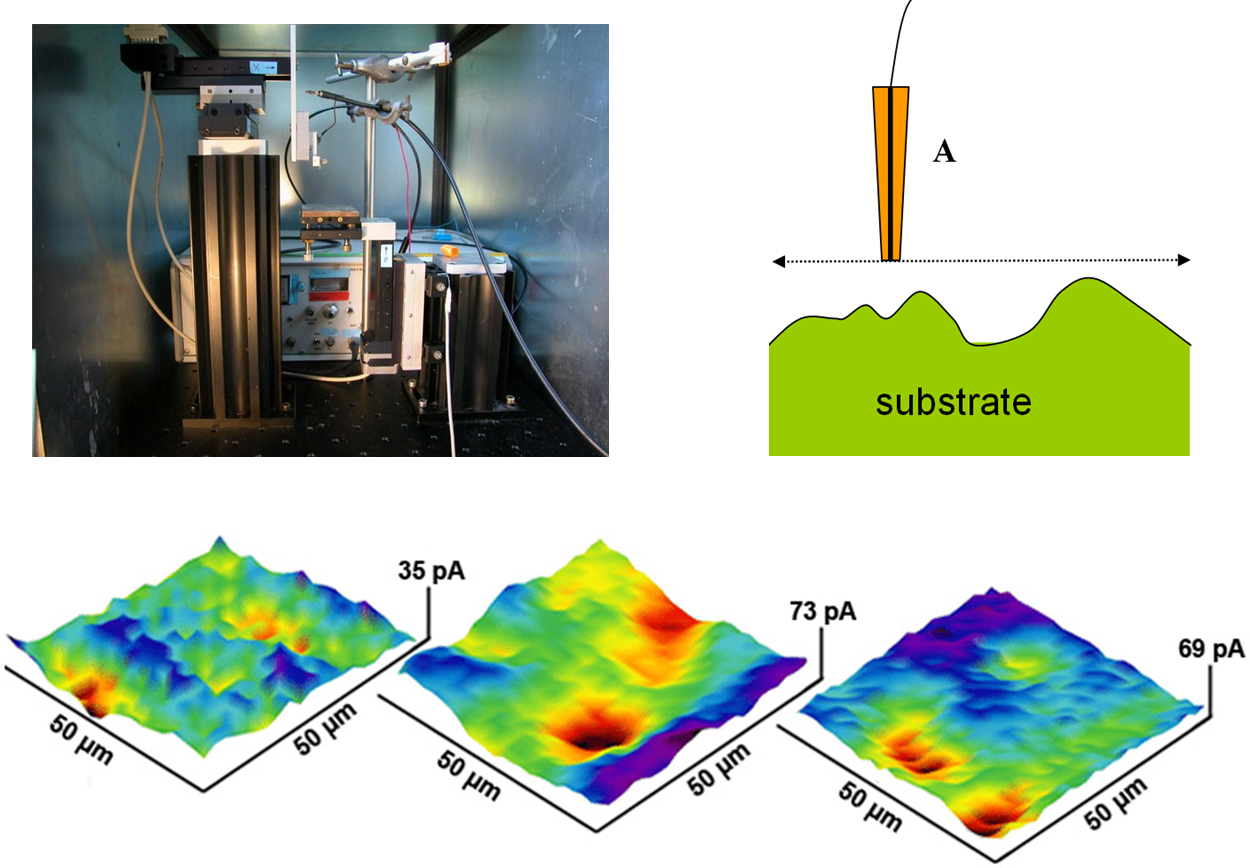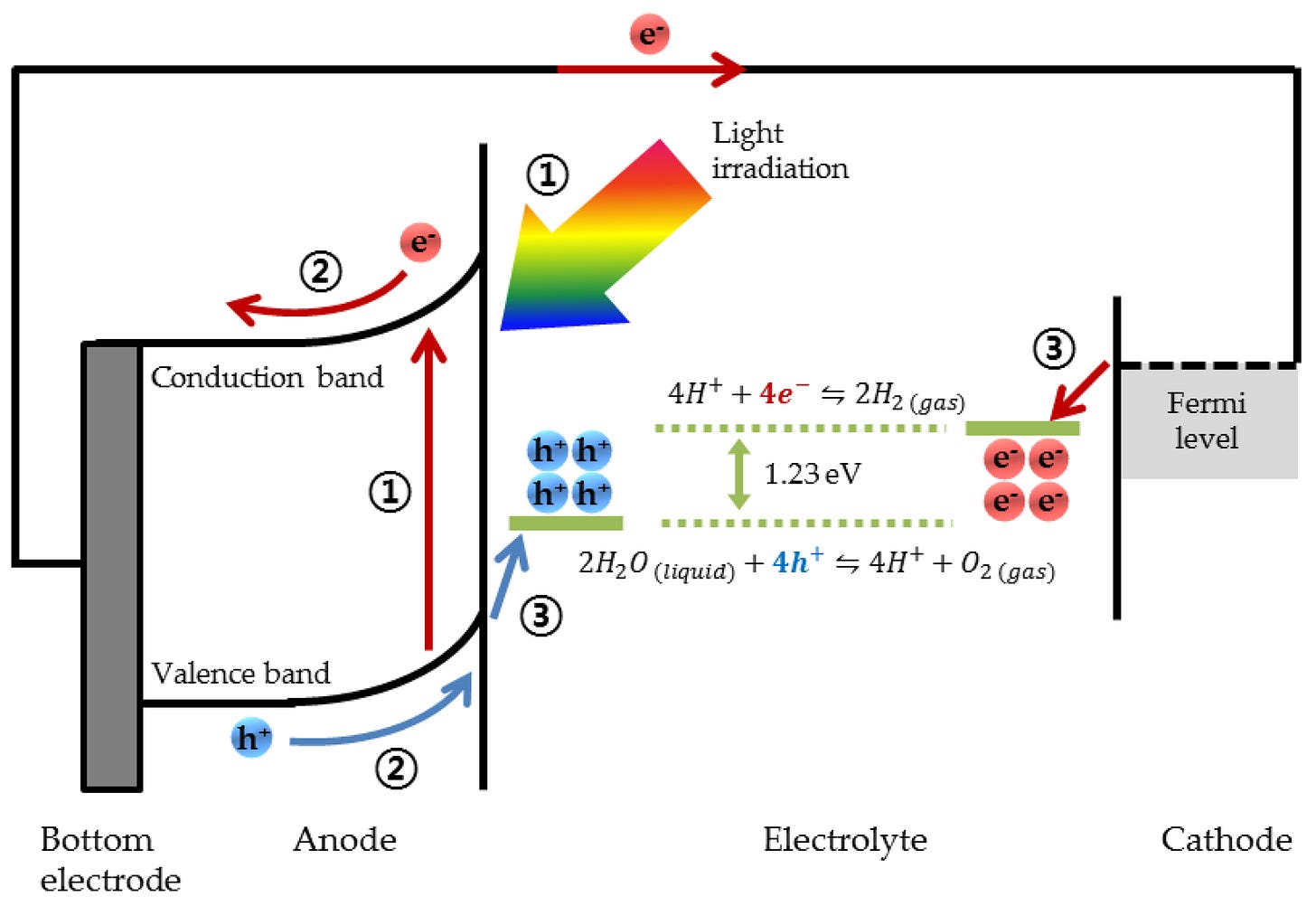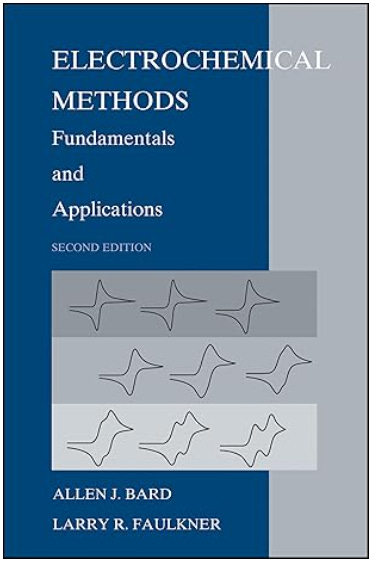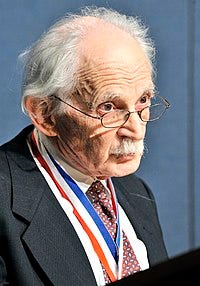If you find this work valuable, consider supporting it by becoming a paid subscriber. For just £3.50/month, you'll unlock full access to everything Electrochemical Insights has to offer.
Few scientists have left a greater mark on modern electrochemistry than Allen J. Bard. A pioneer in the field, Bard’s work has not only deepened our understanding of fundamental electrochemical processes but has also led to practical innovations in scanning electrochemical microscopy (SECM), biosensors, and photoelectrochemistry. His career, spanning more than six decades, has been dedicated to exploring the intricate world of electron transfer, catalysis, and energy conversion—work that continues to influence countless areas of scientific research today.
From New York to Nobel-Level Influence
Allen J. Bard was born on 18 December 1933 in New York City. Growing up in the post-war era, he was drawn to science from an early age, driven by a natural curiosity about the world. He pursued a Bachelor’s degree in Chemistry at City College of New York, before moving to Harvard University, where he completed his PhD in electrochemistry in 1958 under the supervision of James J. Lingane, a pioneer in analytical electrochemistry.
Shortly after, Bard joined The University of Texas at Austin, where he would spend the majority of his career. His tenure there was marked by a relentless pursuit of discovery, a passion for fundamental electrochemistry, and an unwavering commitment to mentoring the next generation of scientists.
Revolutionising Electrochemistry
Bard’s career has been defined by ground breaking contributions to electrochemical science, many of which are now cornerstones of modern research. Some of his most significant achievements include:
1. Scanning Electrochemical Microscopy (SECM)
One of Bard’s most defining contributions was the invention of Scanning Electrochemical Microscopy (SECM) in the 1980s. This technique allowed scientists to investigate surface reactions at the nanoscale, providing insights into catalysis, corrosion, and biological processes.
SECM operates by positioning a microelectrode probe just above a sample surface in a solution. The probe applies a small voltage, inducing an electrochemical reaction at the tip. By scanning the probe across the surface while measuring current variations, researchers can generate highly detailed electrochemical maps that reveal information about the local reactivity, conductivity, and chemical composition of the sample.
SECM enables the visualisation of electrochemical activity with unparalleled spatial resolution, allowing scientists to study reaction kinetics at a microscopic level.
It has been applied to diverse fields, from biosensors (detecting biomolecules with high precision) to battery materials (understanding degradation and charge transfer) and fuel cells (evaluating electrocatalyst efficiency).
Unlike conventional electrochemical techniques that provide only bulk measurements, SECM provides spatially resolved insights, enabling researchers to directly observe and manipulate electrochemical processes at interfaces.
The introduction of SECM fundamentally altered the way electrochemists approach their research, allowing them to study reaction mechanisms with unprecedented precision and develop new materials and devices with optimised electrochemical properties.
2. Photoelectrochemistry and Solar Energy
Long before climate change became a global concern, Bard was investigating how electrochemistry could contribute to renewable energy. His research in photoelectrochemistry significantly advanced modern solar fuel technologies, particularly in water splitting for hydrogen production.
In the 1970s, Bard and his team demonstrated that TiO₂ (titanium dioxide) electrodes could drive photoelectrochemical water splitting, producing hydrogen fuel from sunlight and water. This was a pioneering breakthrough that laid the foundation for modern solar fuel research.
His work showed how semiconductors could be used as photoelectrodes, a concept now fundamental to photovoltaic technology and artificial photosynthesis.
Bard applied the concept of band bending, originally introduced by John Bardeen, to photoelectrochemical systems, helping to explain how charge separation occurs at semiconductor-liquid interfaces, a key principle in improving solar-to-fuel conversion efficiency.
He also studied alternative semiconductors such as CdS, Fe₂O₃, and WO₃, exploring their effectiveness in photoelectrochemical energy conversion.
His redox mediator studies helped in understanding how electron transfer processes can be optimised in solar-driven reactions.
Bard’s contributions to electrogenerated chemiluminescence (ECL) have had lasting impacts on biomedical diagnostics and biosensors. ECL is widely used in medical testing, including in modern immunoassays for disease detection, due to its high sensitivity and specificity.
This work has contributed to advanced clinical diagnostic tools, including those used in detecting cancer and infectious diseases.
His research significantly advanced the understanding of electron-transfer reactions in electrochemistry.
3. Electroanalytical Chemistry & The Standard Reference Text
For electrochemists worldwide, Bard’s textbook, Electrochemical Methods: Fundamentals and Applications, co-authored with Larry R. Faulkner, is the definitive guide to the field. First published in 1980, this book is considered the "bible" of modern electrochemistry, offering an in-depth exploration of the fundamental principles and practical techniques that underpin the discipline.
With its rigorous yet accessible approach, the textbook has trained generations of researchers, serving as an indispensable resource for both students and professionals. It provides a comprehensive treatment of key electrochemical concepts, from the basics of electrode kinetics and mass transport to advanced methods such as cyclic voltammetry, spectroelectrochemistry, and microelectrode techniques.
What sets Electrochemical Methods apart is its unique ability to bridge fundamental theory with cutting-edge applications. The book extends beyond traditional electrochemistry to cover its impact on diverse fields such as biosensors, energy storage, fuel cells, and corrosion science. As electrochemical technology continues to evolve, Electrochemical Methods remains a critical reference, regularly updated to reflect new discoveries and methodologies in the field.
Even decades after its initial publication, Electrochemical Methods continues to shape the landscape of electrochemical research and education. It remains a go-to reference for professionals and students alike, solidifying Bard’s role as not just a pioneer in electrochemistry but also an educator whose work has impacted generations of scientists.
3. Mentorship and Legacy
Beyond his direct scientific contributions, Allen J. Bard has played a pivotal role in shaping the future of electrochemistry through his mentorship and leadership. As a professor at The University of Texas at Austin, he has supervised over 75 PhD students and countless postdoctoral researchers, many of whom have gone on to become leading scientists in their own right.
His ability to inspire young researchers is perhaps one of his most enduring legacies. By fostering a culture of curiosity and rigorous inquiry, Bard has ensured that his impact extends far beyond his own research. His former students and collaborators continue to push the boundaries of electrochemical science, driving innovation in areas as diverse as energy storage, biosensing, and analytical chemistry.
His name is often mentioned alongside other electrochemical giants such as Jaroslav Heyrovský and John Bockris, underscoring the monumental impact of his contributions.
Bard’s legacy also includes the formation of the Centre for Electrochemistry at UT Austin, which has become a hub for cutting-edge electrochemical research. His leadership in this space has ensured that electrochemistry remains at the forefront of technological advancements, from next-generation batteries to novel medical diagnostics.
Honours and Recognition
Bard’s achievements have been recognised with numerous prestigious awards, reflecting the immense influence of his work:
Priestley Medal (2002): The highest honour awarded by the American Chemical Society.
Wolf Prize in Chemistry (2008): Often considered a precursor to the Nobel Prize, this award acknowledged his outstanding work in electrochemistry.
National Medal of Science (2013): A recognition of his lifelong dedication to advancing scientific knowledge.
ECS Allen J. Bard Award in Electrochemical Science (2013): Established in his honour to recognise excellence in electrochemical research.
A Nobel Prize That Never Came?
Despite his monumental contributions, Bard was never awarded the Nobel Prize in Chemistry. Many in the scientific community consider this to be one of the most significant oversights in the prize’s history. His foundational work in scanning electrochemical microscopy, electrogenerated chemiluminescence, and photoelectrochemistry has undeniably shaped modern science, making him a perennial candidate in discussions about deserving candidates.
Final Thoughts
Allen J. Bard passed away on February 11, 2024 (aged 90), leaving behind a legacy that will continue to influence electrochemistry for generations. His death marks the end of an era, but his contributions remain deeply embedded in scientific research, education, and technological advancements. His work will continue to guide electrochemists in their pursuit of innovation, ensuring that his impact endures far beyond his lifetime.
Few scientists have had the far-reaching impact of Allen J. Bard. His work has not only deepened our fundamental understanding of electrochemistry but has also driven innovations that have improved energy technology, biomedical diagnostics, and analytical chemistry.
Through his research, mentorship, and leadership, Bard has secured his place as one of the most influential electrochemists of all time. His legacy will continue to inspire generations of scientists, ensuring that his contributions to science and technology remain relevant for years to come.
His story serves as a testament to the power of perseverance, intellectual curiosity, and a relentless pursuit of knowledge. Whether through his pioneering techniques, his influential textbook, or the many researchers he has mentored, Bard’s influence on electrochemistry is immeasurable.
If you find this work valuable, consider supporting it by becoming a paid subscriber. For just £3.50/month, you'll unlock full access to everything Electrochemical Insights has to offer.






